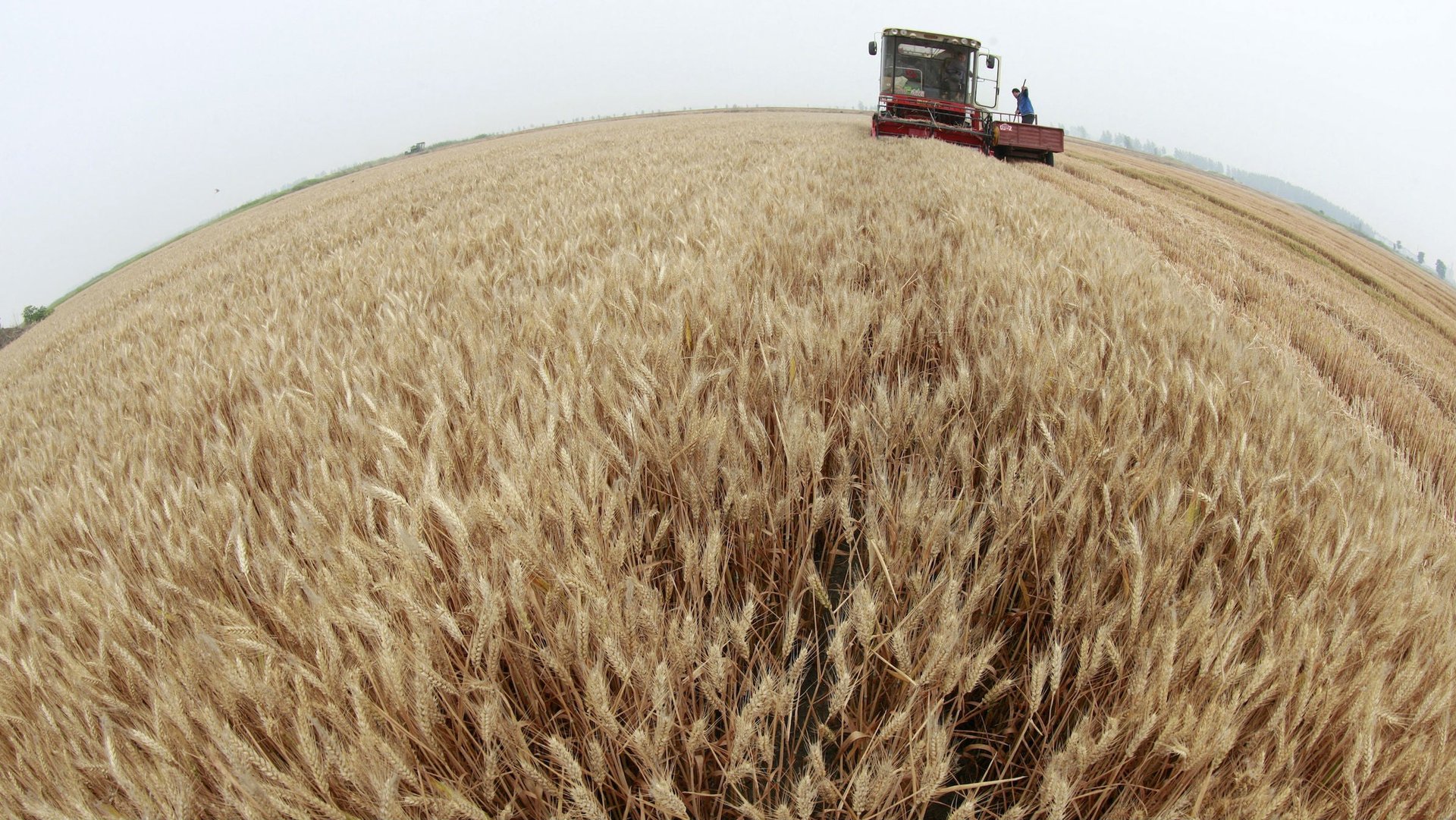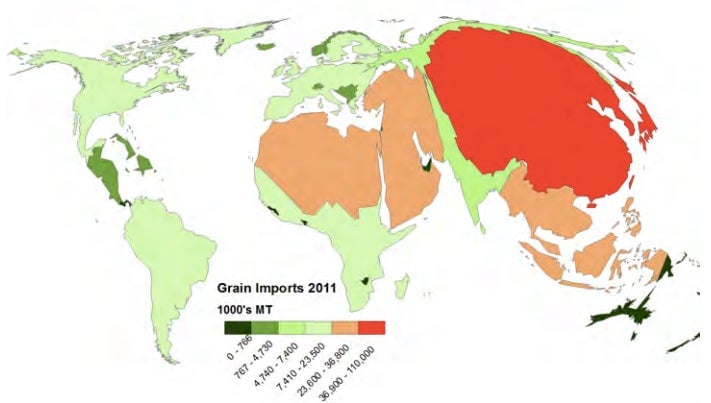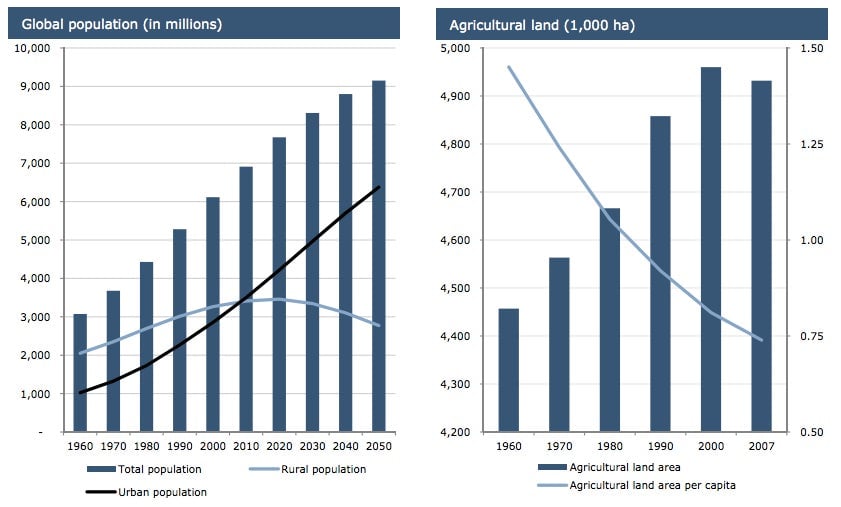China imports 4% of the world’s grain and that’s still not enough
In July, China’s president Xi Jinping told farmers in Hebei province, “We must rely on ourselves for grain security.” Yet today, an official think tank said the country would likely import 5 million tonnes, or 5.5 million tons, of corn this year, up from 3 million tonnes a year earlier. In September, officials said the country may also have to import more wheat, 6.8 million tonnes compared to 2.7 million last year, because of bad weather.


In July, China’s president Xi Jinping told farmers in Hebei province, “We must rely on ourselves for grain security.” Yet today, an official think tank said the country would likely import 5 million tonnes, or 5.5 million tons, of corn this year, up from 3 million tonnes a year earlier. In September, officials said the country may also have to import more wheat, 6.8 million tonnes compared to 2.7 million last year, because of bad weather.
Thanks to rapid industrialization and urbanization, the formerly self-sufficient agrarian country has to feed about one-fifth of the world’s population with just 8% of the world’s farmland (paywall). China ranks 42nd in the world in food security, just ahead of Botswana. Food inflation is a consistent worry, especially for poorer Chinese households that spend a large proportion of their income on food. In 2011, China imported 9.9 million tonnes of grain or 4% of the global total of 297 million tons, according to data from the Earth Institute. (In 2012, China imported slightly less—7.2 million tonnes—but is expected to import more this year.) Xi may want China to rely more on grain grown within the country, but as another 300 million Chinese people become urban residents over the next two decades, there will be fewer farmers and less land.
This map of global grain imports recently posted on the blog All Roads Lead to China shows how much grain China imports relative to other major importers.

It’s not just China’s increasing food imports that are worrying food security analysts. Global grain consumption has outpaced production in eight of the last 13 years. Other emerging economies like India, Indonesia and Brazil also need more food to feed their expanding populations. As the world’s population grows and urbanization continues to take hold in many of these growing countries, the amount of farmland is decreasing.

One way to solve the problem is by making food production more efficient. In India and China, between 40% and 60% of food is wasted before it reaches consumers. China has made some improvements. As we’ve reported, it has improved self sufficiency in food staples like wheat and dairy, according to the OECD. Still, that won’t be quite enough. The OECD says consumption should outpace production by about 0.3% a year.